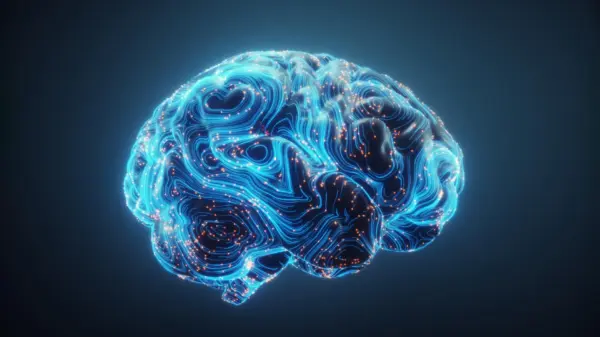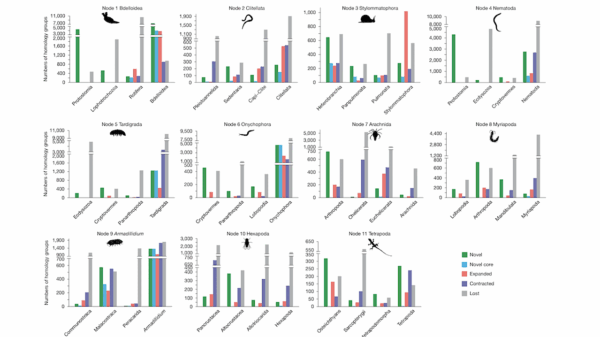Researchers have introduced a groundbreaking magnetic technique that could significantly enhance the stability and efficiency of quantum computing systems. This innovative approach promises to address some of the major challenges facing quantum technologies today, particularly in terms of qubit control and error rates. As the field of quantum computing continues to evolve, this technique is seen as a potential game-changer, paving the way for more robust and practical applications.
Understanding Quantum Computing
Quantum computing operates on the principles of quantum mechanics, utilizing qubits instead of classical bits. Unlike classical bits, which can represent either a 0 or a 1, qubits can exist in multiple states simultaneously due to a phenomenon known as superposition. Additionally, entanglement allows qubits to be interconnected, enabling unprecedented parallel processing capabilities. Despite their immense potential, existing quantum systems face significant challenges, particularly due to decoherence, which leads to the loss of quantum states and hampers computational advantages.
The Magnetic Technique: A Promising Solution
The newly developed magnetic technique leverages magnetic fields to manipulate qubits with greater precision. Researchers have found that employing tailored magnetic fields can enhance qubit control, resulting in improved coherence times and reduced error rates. This level of precision is crucial for executing quantum gates, the fundamental components of quantum algorithms, with high accuracy.
Moreover, this method shows promise in addressing one of the biggest hurdles in quantum computing: scalability. Traditional quantum systems often rely on superconducting circuits or trapped ions, which complicate the integration of the thousands or millions of qubits needed for practical applications. By simplifying qubit interactions, the magnetic technique could facilitate a more seamless scaling process.
Another significant advantage of this method is its potential to reduce reliance on extremely low temperatures for operation. Current cooling systems are costly and cumbersome, but the magnetic technique may allow qubits to function effectively at higher thermal conditions. Researchers are actively investigating how magnetic fields can stabilize qubits within standard room temperature environments, making quantum computing more accessible.
The implications of the magnetic technique extend to various quantum algorithms as well. This approach could enhance algorithms in fields such as optimization problems, cryptography, and simulations in material science. For instance, advancements in drug discovery could be expedited through faster calculations of complex molecular interactions, leading to more effective treatments. Additionally, improvements in cryptography might enable the development of unbreakable codes to protect sensitive information across multiple sectors.
As the magnetic technique progresses, collaborative efforts among physicists, engineers, and computer scientists will be essential for unlocking its full potential. While initial results are promising, rigorous experimental validation and optimization will be crucial for translating this innovation into practical applications.
This magnetic technique not only represents a significant technical advancement but also signifies a shift in the approach to quantum computing. Rethinking qubit control and scalability through magnetic methods may bring the realization of quantum computers as indispensable tools in technology, capable of solving problems that once seemed insurmountable.
Looking ahead, the introduction of this magnetic technique marks a pivotal moment in the evolution of quantum computing. Its potential to improve qubit control, enhance scalability, and decrease error rates indicates a move closer to harnessing the true power of quantum mechanics. While challenges remain, the future of quantum computing appears promising, with the potential for revolutionary impacts across various industries and everyday life. The journey into this new era of quantum innovation has just begun, and its possibilities are as boundless as the quantum realm itself.



































































